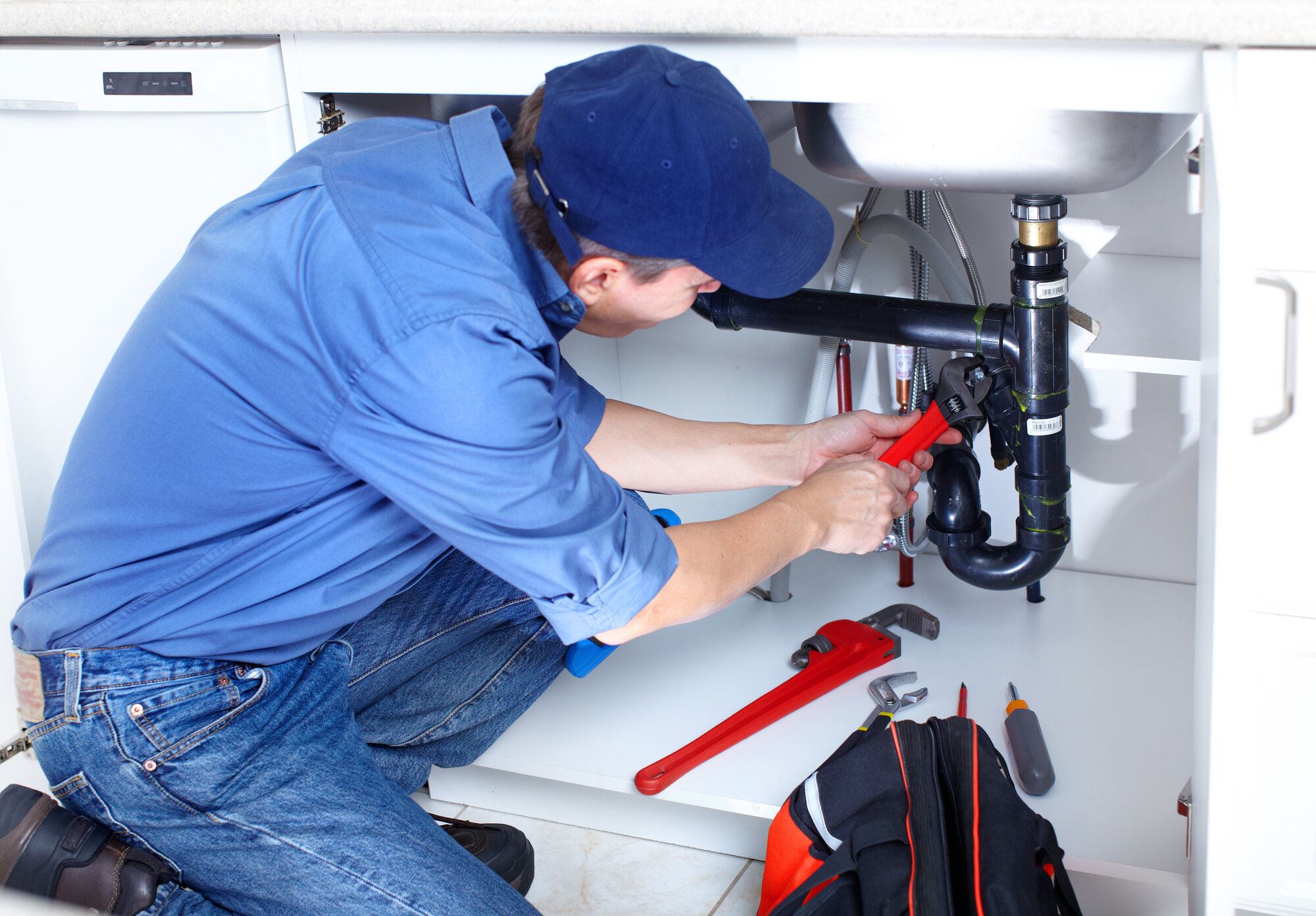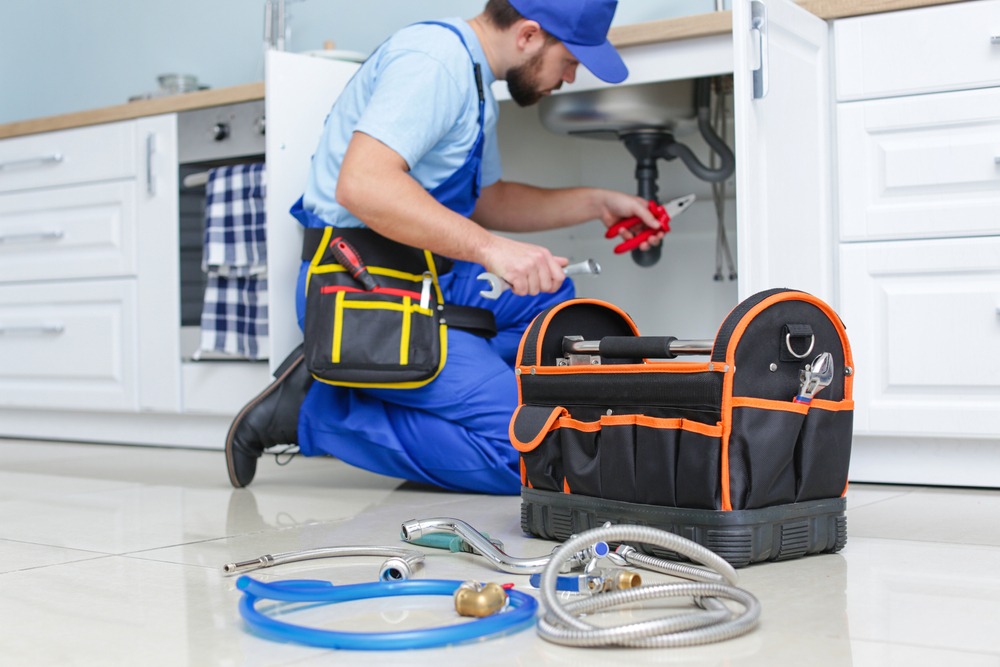Specialist Water Heater Installation Alabaster AL You Can Depend On
Specialist Water Heater Installation Alabaster AL You Can Depend On
Blog Article
A Detailed Guide to Effective Hot Water Heater Setup for Ideal Performance
Beginning on the job of setting up a hot water heater is an endeavor that demands precision and a systematic approach for achieving optimal efficiency. The procedure starts with the essential choice of choosing the suitable heater tailored to the particular requirements of your home, considering elements such as energy, dimension, and type resource. Once chosen, preparing the installment location to meet security standards is vital. Nonetheless, the trip does not end right here. As you proceed, the ins and outs of linking supply of water lines and establishing dependable electrical or gas links wait for, encouraging understandings into making sure efficiency and integrity.
Choosing the Right Hot Water Heater

Following, consider the dimension and capacity of the hot water heater. It's crucial to evaluate your home's warm water demands, which can vary based upon the number of residents and their usage patterns. A device that's too small might result in not enough warm water, while an extra-large version might cause unnecessary power usage.
Performance scores also play a crucial duty in option. Seek hot water heater with high Power Factor (EF) rankings, showing superior efficiency and lowered energy usage. Tankless designs, though generally extra costly upfront, offer significant energy savings with time because of their on-demand heating capabilities.
Preparing the Setup Area
Prior to installing a new water heating system, meticulous prep work of the setup location is important. It's critical to gauge the space very carefully to accommodate the water heating system's measurements, guaranteeing sufficient clearance around the device for effective procedure and servicing.
Check the flooring for security, as the water heating system will certainly require a strong, degree surface to operate efficiently. If required, install a drip pan beneath the unit to catch potential leakages or spills, protecting against water damages to the surrounding area.
Additionally, ensure that all required tools and materials are on hand prior to starting the installment. This consists of things such as wrenches, screwdrivers, a degree, and any kind of added equipment needed for mounting and securing the heating unit. A well-prepared installation area sets the foundation for a successful water heating system arrangement, optimizing efficiency and safety.
Connecting Water System Lines
When attaching water lines to your recently set up water heater, it is vital to make certain that all links are leak-free and safe and secure to maintain effective operation and prevent water damage. Begin by recognizing the warm and cool supply of water lines. The cool water inlet is usually marked with a blue tag or a "C", while the warm water outlet is noted with a red label or an "H".
Usage adaptable hot water heater ports to assist in a much easier setup process. These connectors can absorb vibration and enable small movement, lowering the danger of leakages. Prior to connecting the ports, place a plumbing professional's tape around the threaded ends of the hot water heater's inlet and outlet pipelines - Water Heater installation Alabaster AL. This tape serves as a sealant, stopping leaks. Meticulously link the versatile hoses to the particular inlet and electrical outlet, making certain that they are not over-tightened however limited, which can harm the strings.
As soon as links remain in place, slowly activate the main water system shutoff. Evaluate each link for leaks by visually feeling and checking for wetness. Tighten connections as required, and make sure the stress safety valve is appropriately mounted, securing versus too much stress accumulation.
Setting Up Electric or Gas Links
Appropriately establishing the electrical or gas connections for your hot water heater is an important step to guarantee safe and efficient procedure. For electrical water heating units, begin by validating that the electric circuit is suitable with the heating unit's voltage and amperage requirements. Ensure the power supply is switched off at the breaker to stop mishaps. Connect the electric cables to the heating unit following the supplier's circuitry representation. Usually, this involves connecting the ground cord to the eco-friendly terminal, and the remaining cords to their matching terminals, protecting each with cord nuts.
For gas water heaters, safety and security is extremely important. Link the gas line to the water heater utilizing a flexible gas port, ensuring it is effectively threaded and sealed with pipe joint compound or Teflon tape ideal for gas links.
Once links are made, check for any type of possible leaks. For gas lines, apply a soapy water service to the joints; bubbles suggest a click site leak. For electric links, confirm that all circuitry is safe and properly protected, keeping compliance with regional electrical codes.
Checking and Adjusting for Performance
With the electric and gas links securely in position, the next step is evaluating the operational performance of your hot water heater. Begin by thoroughly transforming on the water supply and guaranteeing there are no leakages at any one of the shutoffs or joints. Once validated, continue to load the tank, focusing on the pressure and temperature level setups. It is advisable to set the thermostat to a suggested temperature of around 120 ° F(49 ° C) to balance power efficiency and convenience.
Following, do a thorough inspection to make sure the burner or burner are working correctly. For electrical heating units, utilize a multimeter to confirm if the elements are attracting the proper current. In gas versions, observe the burner fire; it must be blue and stable, suggesting efficient burning.
Adjust the setups as required to remove ineffectiveness. Consider carrying out insulation procedures, such as including a water heater covering, to further boost performance by see this here lessening heat loss. Furthermore, examine the anode rod's problem, as a scrubby pole can decrease performance and lead to storage tank corrosion.
Final Thought
Reliable hot water heater setup is crucial for making sure optimum performance and energy cost savings. By selecting the proper kind and size, and carefully preparing the installment location, a foundation for success is developed. Firmly attaching supply of water lines and very carefully setting up electrical or gas links reduce prospective concerns. Comprehensive screening for leakages and precise thermostat modifications to 120 ° F boost reliability and performance. Complying with these steps advertises long-term capability and energy preservation in residential water heater.

Effectively setting up the electric or gas connections for your water heating unit is a crucial step to make sure efficient and risk-free procedure. For electrical water heating systems, start by validating that the electric circuit is compatible with the heater's voltage and amperage requirements. Connect the gas line to the water heater using a versatile gas port, guaranteeing it is effectively threaded and secured with pipeline joint substance or Teflon tape ideal for gas links.
Report this page